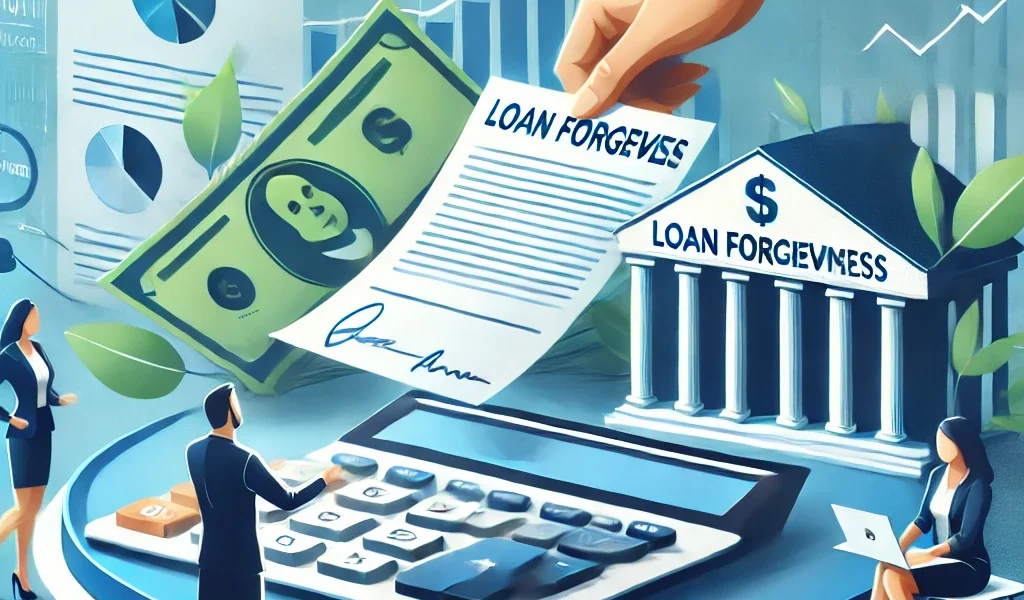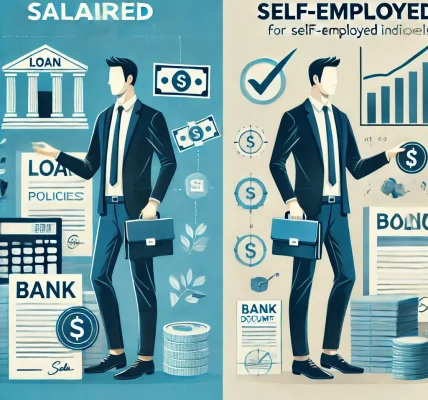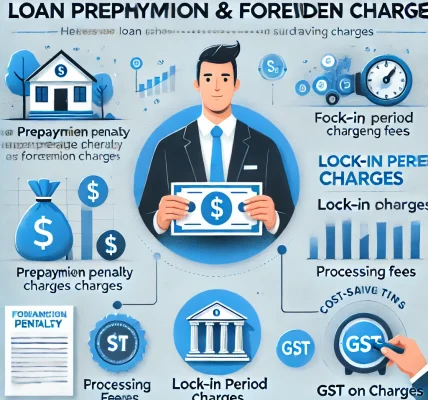Introduction
Loan forgiveness programs provide financial relief to borrowers by canceling part or all of their outstanding debt under specific conditions. These programs primarily target student loans, small business loans, and public service professionals, helping reduce financial burdens and promote economic stability.
This article will cover the best loan forgiveness programs, their eligibility criteria, application process, and key benefits, enabling borrowers to explore suitable options.
Disclaimer: This article is for informational purposes only. Loan terms and forgiveness programs vary by lender and country. Always check with official sources before applying.
What Is Loan Forgiveness?
Loan forgiveness refers to the cancellation of debt, either partially or entirely, when a borrower meets specific qualifications. These qualifications typically include employment in certain sectors, economic hardships, or fulfilling community service obligations.
Loan forgiveness programs can be categorized as:
- Federal and Government-Backed Loan Forgiveness (e.g., student loans, small business loans)
- Employer-Based Loan Repayment Assistance Programs (LRAPs)
- Non-Profit and Public Service Loan Forgiveness (PSLF)
Types of Loan Forgiveness Programs
1. Public Service Loan Forgiveness (PSLF) – USA
- Eligibility: Full-time employees in government or non-profit organizations
- Loan Type: Federal Direct Loans
- Requirement: 120 qualifying payments under an income-driven repayment plan
- Key Benefit: Full loan forgiveness after 10 years of payments
2. Teacher Loan Forgiveness (USA)
- Eligibility: Full-time teachers in low-income schools for at least five years
- Loan Type: Direct Loans and Federal Stafford Loans
- Forgiveness Amount: Up to $17,500 in loan cancellation
- Key Benefit: Faster forgiveness compared to PSLF
3. Income-Driven Repayment (IDR) Forgiveness (USA)
- Eligibility: Borrowers enrolled in income-based repayment plans
- Loan Type: Federal student loans
- Requirement: 20-25 years of payments under IDR plans
- Key Benefit: Remaining loan balance forgiven after repayment period
4. Small Business Loan Forgiveness
- Eligibility: Businesses affected by economic downturns, natural disasters, or federal relief programs
- Loan Type: SBA loans (USA), government-backed business loans
- Key Benefit: Partial or full cancellation for businesses meeting financial hardship criteria
5. Student Loan Forgiveness in Other Countries
- UK Student Loan Forgiveness: Loans are written off after 30 years based on income
- Canada Repayment Assistance Plan (RAP): Partial forgiveness for low-income borrowers
- Australia HECS-HELP Loan Repayment: Income-based repayment with possible debt relief
Eligibility Criteria for Loan Forgiveness Programs
Each loan forgiveness program has specific eligibility criteria. However, the most common requirements include: ✅ Employment in qualifying professions (e.g., teachers, nurses, public service workers) ✅ Making consistent and timely payments over a defined period ✅ Enrolling in eligible repayment plans (income-driven repayment, standard repayment) ✅ Providing proof of financial hardship (for economic relief-based programs) ✅ Meeting service obligations (e.g., working in underserved areas)
How to Apply for Loan Forgiveness
✅ Step 1: Confirm Eligibility
- Check official government websites and lender policies.
- Ensure employment or income status meets program requirements.
✅ Step 2: Gather Required Documents
- Proof of employment/service contract
- Loan payment history and repayment plan details
- Income verification documents
✅ Step 3: Submit the Application
- Apply through official government or lender portals.
- Some programs require employer certification.
✅ Step 4: Continue Making Payments (If Required)
- Some forgiveness programs require consistent payments until approval.
- Failure to do so may lead to disqualification.
✅ Step 5: Follow Up on Approval Status
- Track application status online or through loan servicers.
- Keep records of all communications for reference.
Pros & Cons of Loan Forgiveness Programs
✔ Pros:
✔ Reduces or eliminates debt burden ✔ Encourages careers in public service and essential fields ✔ Income-driven plans offer lower monthly payments ✔ Helps businesses recover from financial hardship
❌ Cons:
❌ Long qualification periods (e.g., PSLF requires 10 years of payments) ❌ Some programs have strict employment conditions ❌ Loan forgiveness may be taxable in some cases ❌ Limited availability for private loans
Common Mistakes to Avoid in Loan Forgiveness Applications
🚫 Not Meeting Employment Requirements: Ensure your employer qualifies before applying.
🚫 Missing Payments or Defaulting: Late or missed payments can disqualify you.
🚫 Applying for the Wrong Program: Research eligibility criteria carefully.
🚫 Not Keeping Records: Maintain copies of submitted documents and confirmations.
🚫 Ignoring Tax Implications: Some forgiven loans are taxable; check local tax laws.
Final Thoughts
Loan forgiveness programs can provide significant financial relief for students, small businesses, and public service professionals. However, eligibility conditions and application procedures can be complex. Before applying, carefully review the terms, repayment requirements, and benefits to ensure you qualify.
For the latest updates, always check official sources such as government agencies, student loan servicers, and financial institutions.
Disclaimer: Loan policies vary by country and lender. Always seek professional financial advice before making decisions.



